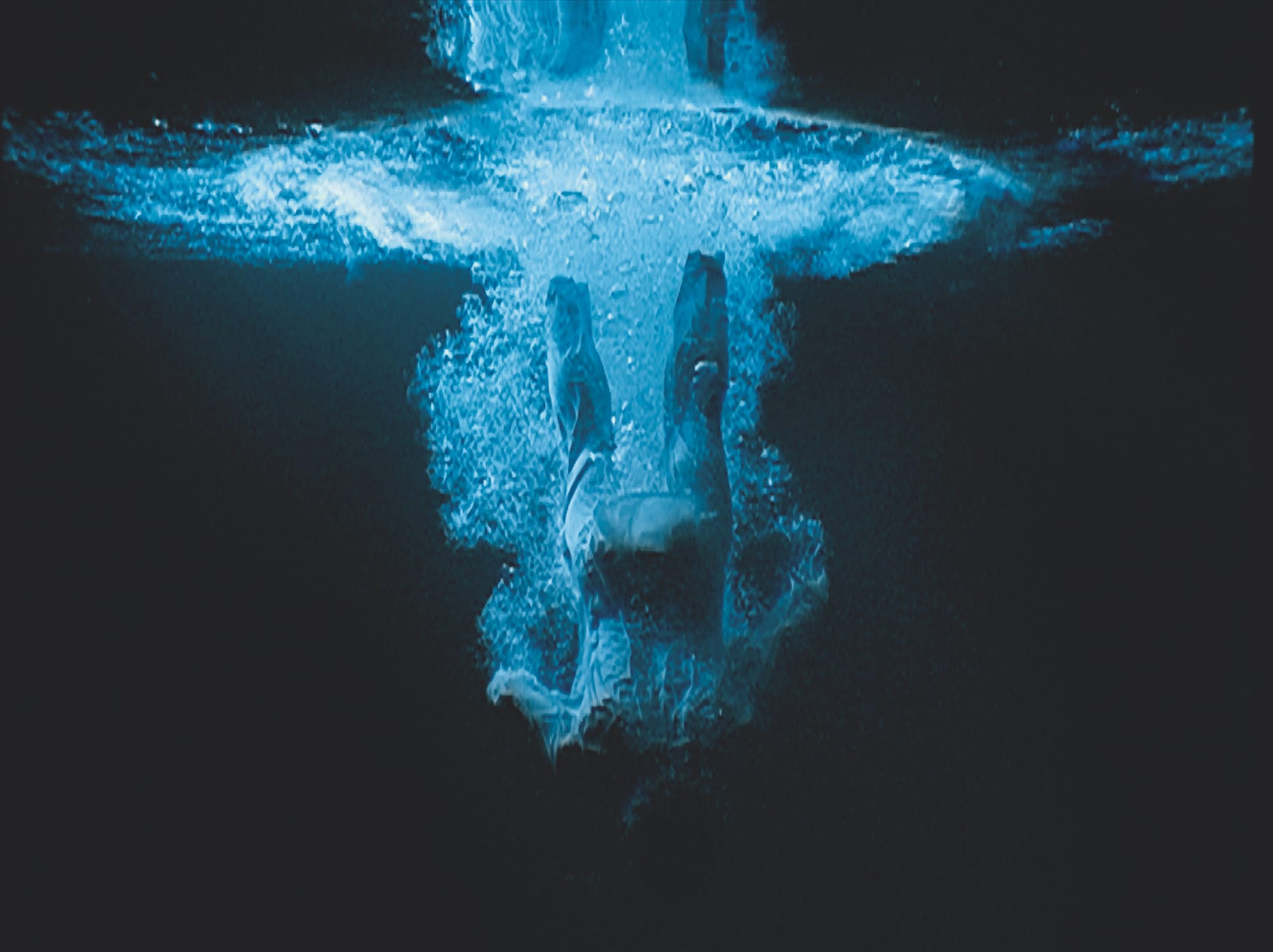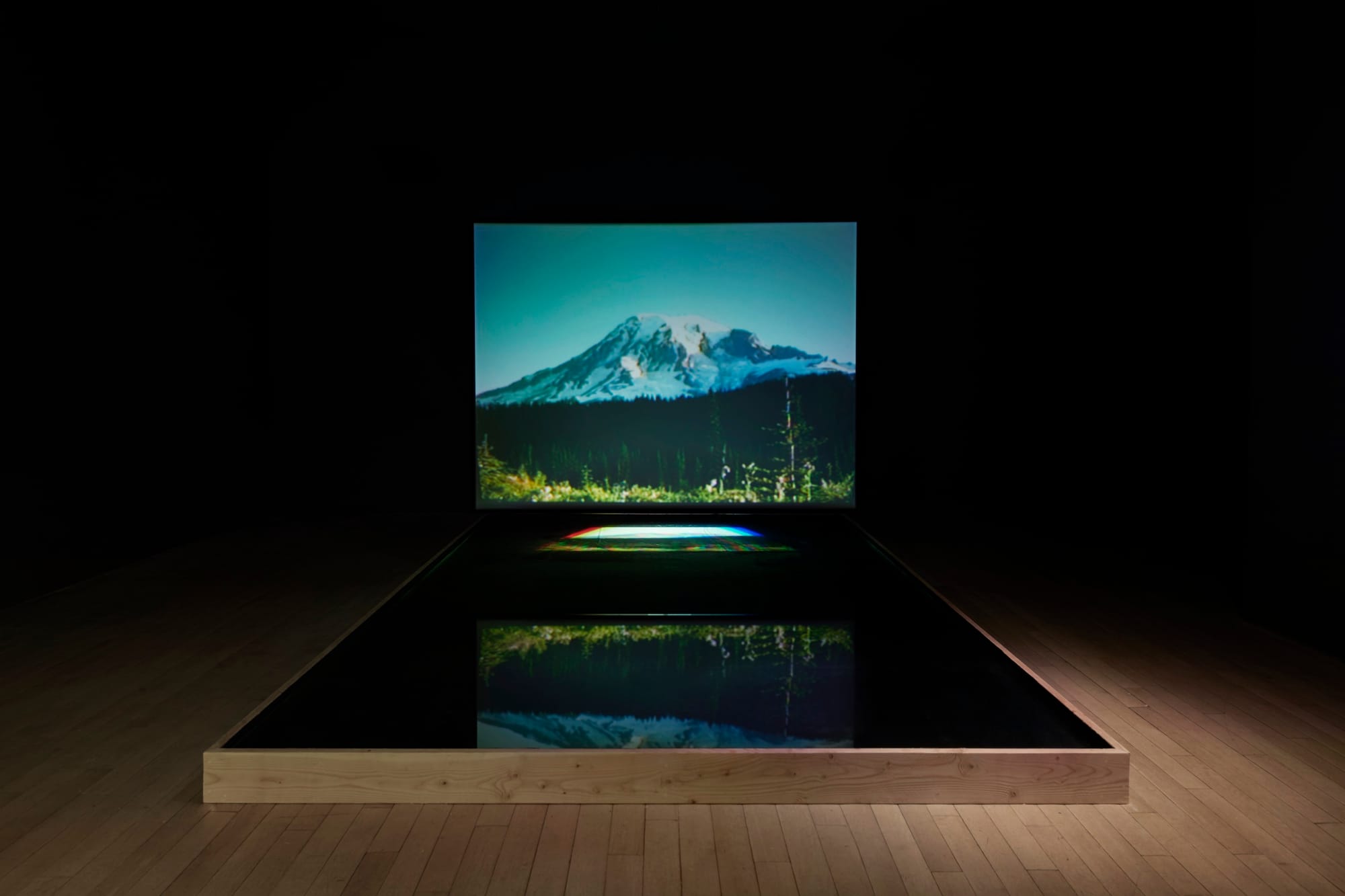Bill Viola, Who Helped Make Video an Art Form, Dies at 73
The artist helped cement new media technology as a means of expression in works that explored life’s universal questions.
Pioneering video artist Bill Viola died at age 73 at his home in Long Beach, California, on Friday, July 12 after a lengthy battle with Alzheimer’s disease. His death was confirmed by James Cohan, the artist’s representing gallery.
Viola is remembered for his contemplative video portraits, experimental soundscapes, and immersive new media installations that grapple with universal human experiences of life, death, and evolving consciousness. Over the course of his five-decade career, Viola helped cement video as a contemporary artistic means of expression by exploring the possibilities of image and sound technology through single-channel displays, special effects, and closed-circuit sculptural installations.

The artist was born on January 25, 1951 in Flushing, Queens, where his parents raised him alongside his older sister and younger brother. A brush with death at the age of six, when he almost drowned before being rescued by an uncle, profoundly influenced his outlook on life and his work. “I just saw the most beautiful vision of light and color,” Viola said in a 2017 interview.
He often alluded to this experience in his practice, drawing from this memory and spiritual traditions like Zen Buddhism, Islamic Sufism, and Christian mysticism for works like his five-part video series The Reflecting Pool (1977–79), which challenges viewers' understanding of time and consciousness by focusing on moments of transition, such as day to night or movement to stillness.
“I see that media technology is not at odds with our inner selves, but in fact a reflection of it," Viola said in a 2007 lecture.

In 1973, Viola received a Bachelor of Fine Arts degree from Syracuse University, where he took classes in electronic music and explored different video art techniques in the school’s Experimental Studios program. Meetings with instructor and mentor Jack Nelson, fellow classmate David Ross, and the artists Peter Campus and Nam June Paik all helped shape his practice and inspire his work. He was also heavily influenced by avant-garde pianist David Tudor, whom he met after graduation, and by the experience of performing in Tudor’s electroacoustic “Rainforest IV” project.
Perhaps one of his greatest inspirations came in 1977 on a trip to Melbourne, Australia, where he met cultural arts director Kira Perov, who would go on to become his lifelong creative collaborator. The two married in 1979, according to the artist’s website, and eventually moved to Long Beach, where they established a studio and raised their family.

Over the course of his life, Viola was the recipient of numerous awards and honorary degrees and was the focus of major solo museum exhibitions, including the two-year show Bill Viola: A 25-Year Survey, which originated at the Whitney Museum of American Art in 1997 and traveled to six museums in the United States and Europe. He also represented the US at the 46th Venice Biennale in 1995, where he presented a collection of five installations titled Buried Secrets that included the video work "The Greeting" (1995) — a project inspired by the early 16th-century Italian Mannerist painter Jacopo da Pontormo's "The Visitation" (1528).
International success aside, Viola always felt that his work’s value was not tethered to any sole collection or exhibition.
“I have come to realize that the most important place where my work exists is not in the museum gallery, or in the screening room, or on television, and not even on the video screen itself, but in the mind of the viewer who has seen it," he stated in 1989, according to James Cohan Gallery.
The late artist is survived by Perov, who is also director of Bill Viola Studio; his sons Blake and Andrei Viola; his daughter-in-law Aileen Milliman; his brother Robert Viola; and his sister Andrea Freeman.







